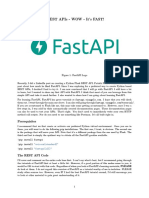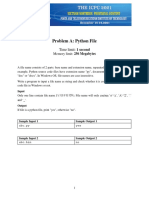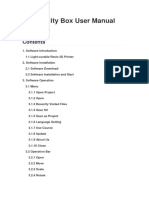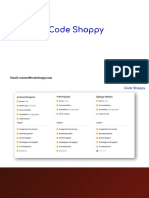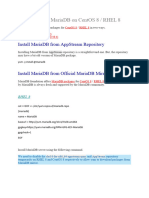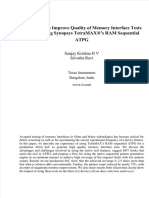0% found this document useful (0 votes)
18 views8 pagesPython Full Deeply Explanation
The document outlines a comprehensive guide for building applications using Python, covering essential topics such as tooling, core Python concepts, asynchrony, web backends, data storage, and deployment. It provides practical tips, code snippets, and analogies to help understand the development process, along with a structured 8-week mastery plan and skill-building projects. The document serves as a roadmap for developers aiming to create full-stack applications efficiently.
Uploaded by
minalvishwakarma5Copyright
© © All Rights Reserved
We take content rights seriously. If you suspect this is your content, claim it here.
Available Formats
Download as DOCX, PDF, TXT or read online on Scribd
0% found this document useful (0 votes)
18 views8 pagesPython Full Deeply Explanation
The document outlines a comprehensive guide for building applications using Python, covering essential topics such as tooling, core Python concepts, asynchrony, web backends, data storage, and deployment. It provides practical tips, code snippets, and analogies to help understand the development process, along with a structured 8-week mastery plan and skill-building projects. The document serves as a roadmap for developers aiming to create full-stack applications efficiently.
Uploaded by
minalvishwakarma5Copyright
© © All Rights Reserved
We take content rights seriously. If you suspect this is your content, claim it here.
Available Formats
Download as DOCX, PDF, TXT or read online on Scribd
/ 8









